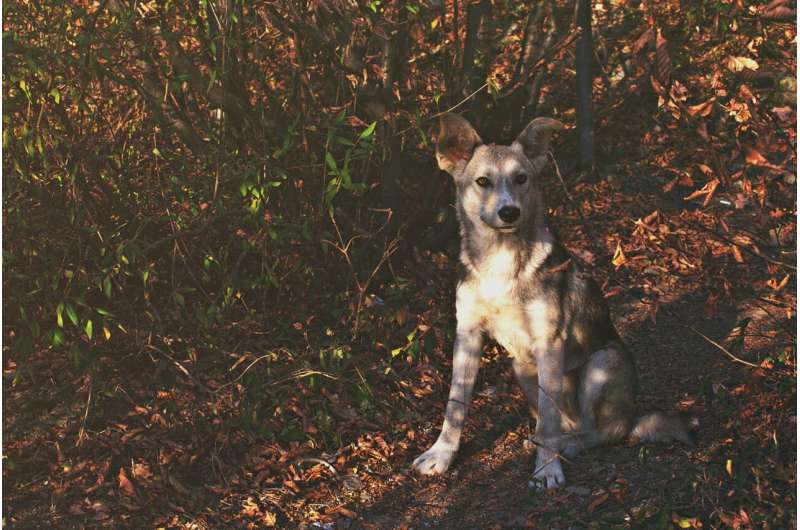Credit: Dids . from Pexels
Dogs with Indigenous ancestry were eaten during a period of starvation at Jamestown, the first English settlement in North America in the 17th century, according to new research in American Antiquity.
This discovery changes historians’ understanding of how Indigenous communities negotiated their relationship with rising colonial powers during this period. It also suggests that early European colonists depended on local Indigenous communities for their very survival, especially during the initial settlement period.
Researchers analyzed ancient mitochondrial DNA from archaeological dogs from Jamestown from the period AD 1609–1617. At least six of the Jamestown dogs that were analyzed had unambiguous evidence of Native American ancestry. These dogs shared mitogenomic similarities with Hopewellian, Mississippian, and Late Woodland period dogs from eastern North America.
The researchers also found that the six dogs were consumed by the residents at Jamestown. These results suggest complex forces at play before, during, and after the Starving Time, which influenced the presence of these dogs in the Fort and led the residents of Jamestown to consume dogs with Indigenous ancestry.
The genetic analyses of archaeological dogs also reveal insights into the social entanglement between colonizers and Indigenous communities. Dogs both connected and created tension between European and Indigenous cultures, reflecting the complicated and rapidly changing social landscapes that existed during this time.
2024-05-21 20:00:03
Post from phys.org
